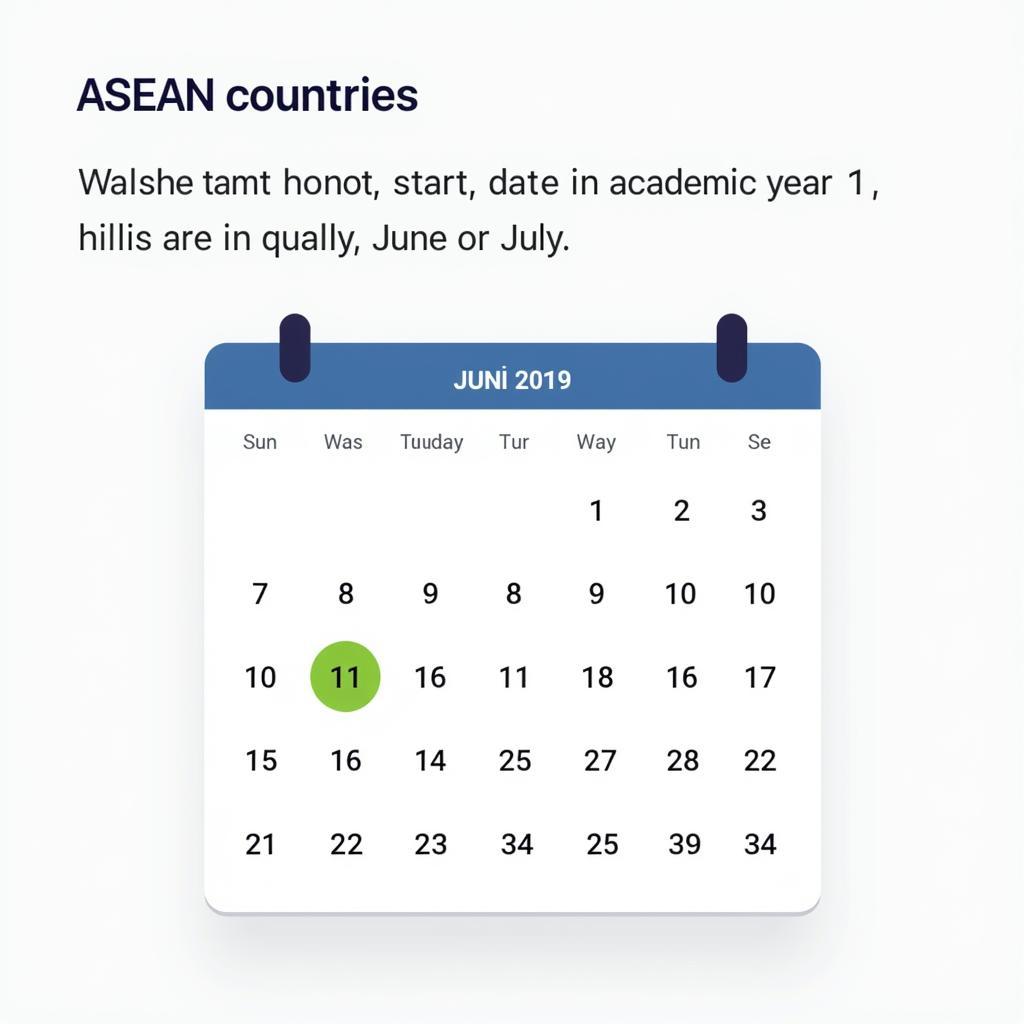The ASEAN Request for Repair (RfR) process is a critical element in ensuring the quality and safety of products traded within the Southeast Asian region. This standardized procedure provides a structured framework for addressing non-conformities and facilitating resolutions between trading partners.
What is an ASEAN Request for Repair (RfR)?
An RfR is a formal request issued by an importer or buyer to an exporter or seller when a product doesn’t meet the agreed-upon specifications or standards. This could encompass various issues, from minor defects to significant safety concerns. The process aims to:
- Provide a clear and transparent method for reporting non-conformities
- Facilitate communication and collaboration between involved parties
- Ensure timely and effective resolutions to identified issues
- Enhance trust and confidence in trade relations within ASEAN
When is an ASEAN RfR Issued?
An RfR is typically initiated when a product fails to meet the pre-defined quality criteria or contractual obligations. This can include instances where:
- Product Defects: The product exhibits physical flaws, malfunctions, or doesn’t function as intended.
- Non-Compliance with Standards: The product fails to meet established ASEAN or international quality and safety standards.
- Incorrect Documentation: Discrepancies or errors exist in the accompanying documentation, such as certificates or test reports.
- Packaging and Labeling Issues: The product packaging is damaged, or the labeling doesn’t comply with regulatory requirements.
 ASEAN Product Inspection
ASEAN Product Inspection
How does the ASEAN RfR Process Work?
The ASEAN RfR process generally follows a structured approach:
- Identification and Documentation: The importer identifies the non-conformity, documents the issue with detailed descriptions, photographs, and relevant supporting evidence.
- Submission of RfR: The importer formally submits the RfR to the exporter, outlining the identified problems and proposed solutions.
- Acknowledgement and Investigation: The exporter acknowledges receipt of the RfR and initiates an internal investigation to verify the claims.
- Proposed Corrective Actions: Based on the investigation, the exporter proposes corrective actions to address the non-conformity. This might involve repair, replacement, or other suitable remedies.
- Negotiation and Agreement: Both parties engage in negotiations to reach a mutually agreeable solution, considering factors like cost, feasibility, and timelines.
- Implementation of Corrective Actions: The agreed-upon corrective actions are implemented by the responsible party.
- Verification and Closure: The importer verifies the effectiveness of the corrective actions. Upon successful resolution, the RfR is formally closed.
Benefits of Utilizing the ASEAN RfR Process
The standardized RfR process offers several advantages for businesses engaged in intra-ASEAN trade:
- Reduced Disputes: The structured framework minimizes misunderstandings and facilitates amicable resolutions, reducing the likelihood of lengthy disputes.
- Improved Product Quality: By addressing non-conformities, the RfR process contributes to the overall improvement of product quality and safety within the region.
- Enhanced Supply Chain Efficiency: The process helps identify and rectify issues early on, minimizing disruptions and delays in the supply chain.
- Strengthened Trade Relations: The collaborative approach fosters trust and transparency between trading partners, strengthening long-term relationships.
Tips for Effective RfR Management
 Effective Communication in RfQ Process
Effective Communication in RfQ Process
- Clear and Detailed Documentation: Provide comprehensive information about the non-conformity, including specific details, supporting evidence, and proposed solutions.
- Timely Communication: Respond promptly to RfRs and maintain consistent communication throughout the process to ensure timely resolution.
- Collaborative Approach: Engage in open and constructive dialogue with the involved parties, focusing on finding mutually beneficial solutions.
- Record Keeping: Maintain thorough records of all RfRs, communications, and actions taken to track progress and facilitate future reference.
Conclusion
The ASEAN Request for Repair process serves as a vital mechanism for maintaining product quality, ensuring consumer safety, and fostering robust trade relations within the ASEAN region. By understanding the process, its benefits, and best practices, businesses can effectively navigate non-conformities and strengthen their position in the dynamic Southeast Asian market.
ase 609 certification card replacement
FAQs
What happens if the exporter doesn’t respond to the RfR?
If there’s no response within a reasonable timeframe, the importer can escalate the issue through their respective trade associations or relevant government agencies for assistance.
Is there a specific timeframe for resolving an RfR?
While there’s no fixed timeframe, both parties are encouraged to resolve the issue as quickly as possible to minimize disruptions. The agreed-upon timeline for corrective actions is typically outlined during the negotiation phase.
Can an RfR be issued for services, or is it limited to physical products?
While the RfR process primarily focuses on physical goods, the principles can be adapted and applied to address non-conformities in service delivery as well.
Where can I find more information about ASEAN quality and safety standards?
You can access detailed information about ASEAN standards and technical regulations on the ASEAN Secretariat website and the websites of national standardization bodies within the region.
Need help navigating the ASEAN Request for Repair Process? Contact us! We’re here to provide support and guidance.
Phone Number: 0369020373
Email: [email protected]
Address: Thon Ngoc Lien, Hiep Hoa, Bac Giang, Vietnam
Our dedicated customer support team is available 24/7 to assist you.

